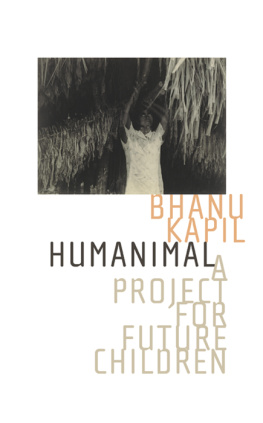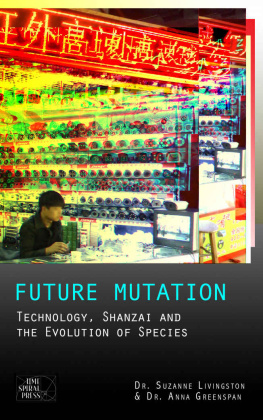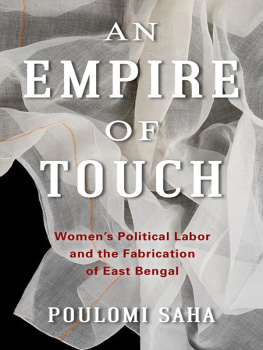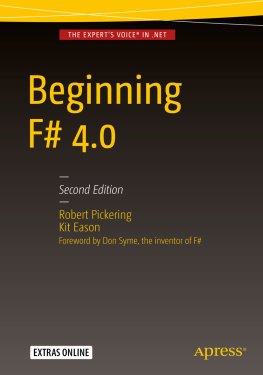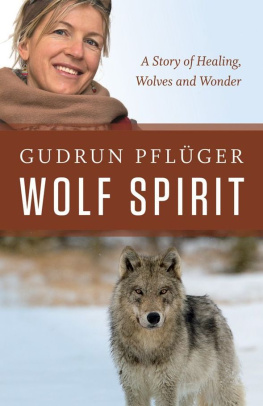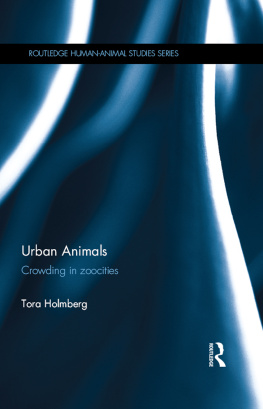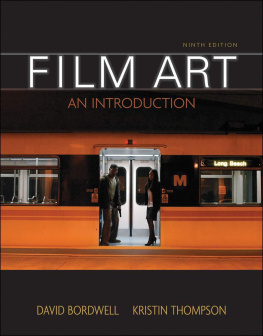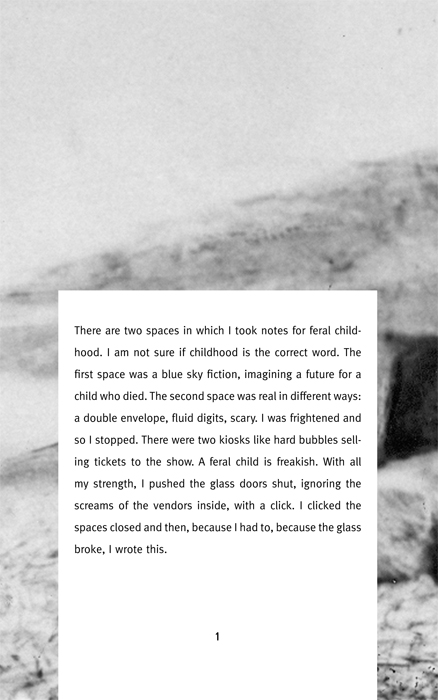HUMANIMAL

HUMANIMAL
A PROJECT FOR FUTURE CHILDREN
BHANU KAPIL
KELSEY STREET PRESS 2009
COPYRIGHT 2009 BY BHANU KAPIL
ISBN 978-0-932716-70-5 LCCN 2009923975
Ebook ISBN 978-0-932716-77-4
KELSEY STREET PRESS
2824 KELSEY STREET BERKELEY, CA 94705
TEL [510] 845-2260 FAX [510] 548-9185
INFO@KELSEYST.COM WWW.KELSEYST.COM
DISTRIBUTED BY SMALL PRESS DISTRIBUTION
[510] 524-1668 or [800] 869-7553
DESIGN AND COMPOSITION BY QUEMADURA
PRINTED ON ACID-FREE, RECYCLED PAPER
IN THE UNITED STATES OR AMERICA
FOR
THELONIOUS ARJUN RIDER
AND
ROHINI KAPIL
They open up a body that is a lesion in the tissue of
words and discourses and the network of powers.
ALPHONSO LINGIS , Abuses
That girl has had aberrated physiological patterns all her lifea very slender, flattened, ribs-down pattern. When I was working on her, I was pulling her back from her unique pattern. I was changing a unique but very poorly operating girl to a normal pattern of a woman who could no longer look in the mirror and know that she was unique. I was afraid to say to her, You are beginning to look like other people. This was what I wanted to say, but I realized that that was the wrong thing to say. [Transcribed remarks on a photograph]
IDA ROLF , Rolfing and Physical Reality
This work is based upon the true story of Kamala and Amala, two girls found living with wolves in Bengal, India, in 1920. My source text, the diary of an Indian missionary, Reverend Joseph Singh, was first published in 1945 as a companion text to Wolf-Children and Feral Man, a book of essays by the Denver anthropologist Robert Zingg. In the jungle, on a Mission to convert the tribal population, Singh had heard stories of two white ghosts roaming with a mother wolf and her pack of cubs. He decided to track them. Upon discovering the terrible creatures to be human, he killed the wolves and brought the children back to his church-run orphanage, the Home, in Midnapure. For the next decade, he documented his attempt to teach the girls language, upright movement, and a moral life. Despite his efforts, Amala died within a year of capture, of nephritis. Kamala lived to be about sixteen, when she died of TB .
In 2004, I traveled to Midnapure with the French film-making company, Mona Lisa Production. As part of a documentary on human-wolf contacts, they wanted to film me conducting my research for this book. Thus, in India, I found the graves of the two girls. I found a ninety-eight-year-old woman who recalled their howling. I found a tree in which Kamala had been photographed reaching out to grab the tail of a cat. I found the room the girls were kept in. I found the overgrown garden of the Home with its crumbling brick wall. I found the grandson of Joseph Singh; it was he who placed the blurry photographs, which sections of this work are written from, in my hands.
HUMANIMAL
HUMANIMAL 1
BLUE SKY FICTION FOR A FUTURE CHILD .
Balled up, her shaven head and spine visible through her skin, the wolfgirl was a singular presence, almost butter-yellow against the granular fabric of the Kodak paper. When she died, it was Easter, the hot dry month before monsoon. Bowing to custom, the priest covered her face with marigolds, soaked the stems with olive oil then lit a match.
Behind the graveyard was a church, intensely white in the pale pink day.
Behind the church was the jungle.
At the edge of the jungle was a seam, a dense shedding of light green ribbons of bark. A place where things previously separate moved together in a wet pivot. I stood and walked towards it in a dream.
Her eyes were grim, intensely clarified against her charred skin, as she looked up. Above her, the trees were dense with a dark green fruit I could not identify. In the minutes before capture, the girl reached up, her arms criss-crossing rapidly beneath the bleached, low-hanging vines of the perimeter. She was wearing a white cotton dress shredded at the sleeve and hem.
When I developed the film in New Delhi, the x-ray of a marine skeleton was superimposed upon her left arm. Her elbow as thick as a knot. I said it was cartilagethe body incubating a curved space, an animal self. Instead of hands, she had four streaks of light. An imprimatur, she saw me and flinched.
HUMANIMAL 2
A MATRIX OF FLUID DIGITS. IMAGES OF
CHILDREN IN THE UNDER-WORLD.
AN ALPHABET TO O, A KIND OF MOUTH.
1. The humanimal sky is copper like lids. Retrograde stars litter this intimate metallic curve above the jungle. Can you see it?
A . All the branches stir in their silver. Like a liquid metalthe jungle. For her, the girltentacular. Does the skin crpe, where her fingers are too wet, trailing in the river? This is what a child does, as in fairytales. This is walking. I want to. All branches fear life. It pushes and pushes: life. Out to the tips where the color is. Does this happen in Asian forests? Does this tree say yes, damaged by its yes, to phloemthe food to the lips? Of the branches where the leaves are and thus a leaf girlleaping from branch to branch in her dream of being a girl and not this, this other disastrous thing?
2. Like automata, the trees rise up in rows, mechanically. Because its January, we dont see scat or paw marks or tufts of blue hair caught in the low-lying branches. This is tracking but the wolveswild black dogs with elongated torsosare deeper in. The District Forest Officer lifts a luminous skin from a termite mound with the snout of his rifle and holds it up to show me. When I reach out to gather another section of the skin, he stops my hand with his. When I ask if snakes are active at this time of year, he says: Oh no, no, madam, the Indian anaconda is not a problem at this time of year. Not at all. No problem! Nevertheless, we return in short order to the jeep with footage, only, of a rudimentary perimeter in which giant insects have constructed conical temples from the moist, ochre earth beneath the trees. I want to stay, but the film-makers are stubbing out their cigarettes in the dirt. I didnt know the jungle would be red.
B . I want to stand up but I cant do that here. They would know I am a wolf by my sore hips, the look in my eyes. At the edge of the garden was a line of blue chalk. My mother was crouching there, waiting for me in her dark coat. In the dream, I walk towards her and she stands up. She opens up her coat like two wings and I step into her cloth heart, her cleft of matted fur.
3. The girl, I cannot retrieve even one foot from her small leg. A tendon. A nail. One eye. I saw her grave in a city where the edge had been. In your city, or where you grew up, was there an overgrown scrubland? Was there a tree? Imagine a dark tree, like a lemon tree, its fruit still green, studded with parrots. The edge of sal: lemon and banana plantings intermixed with the regular blue. It is blue leaves at night and brown, yellow or doubly green by day. But it was day. But blue. I put my hand on her grave and waited, until I could feel the rhythm, faintly, of breathing. Of a cardiac output.

